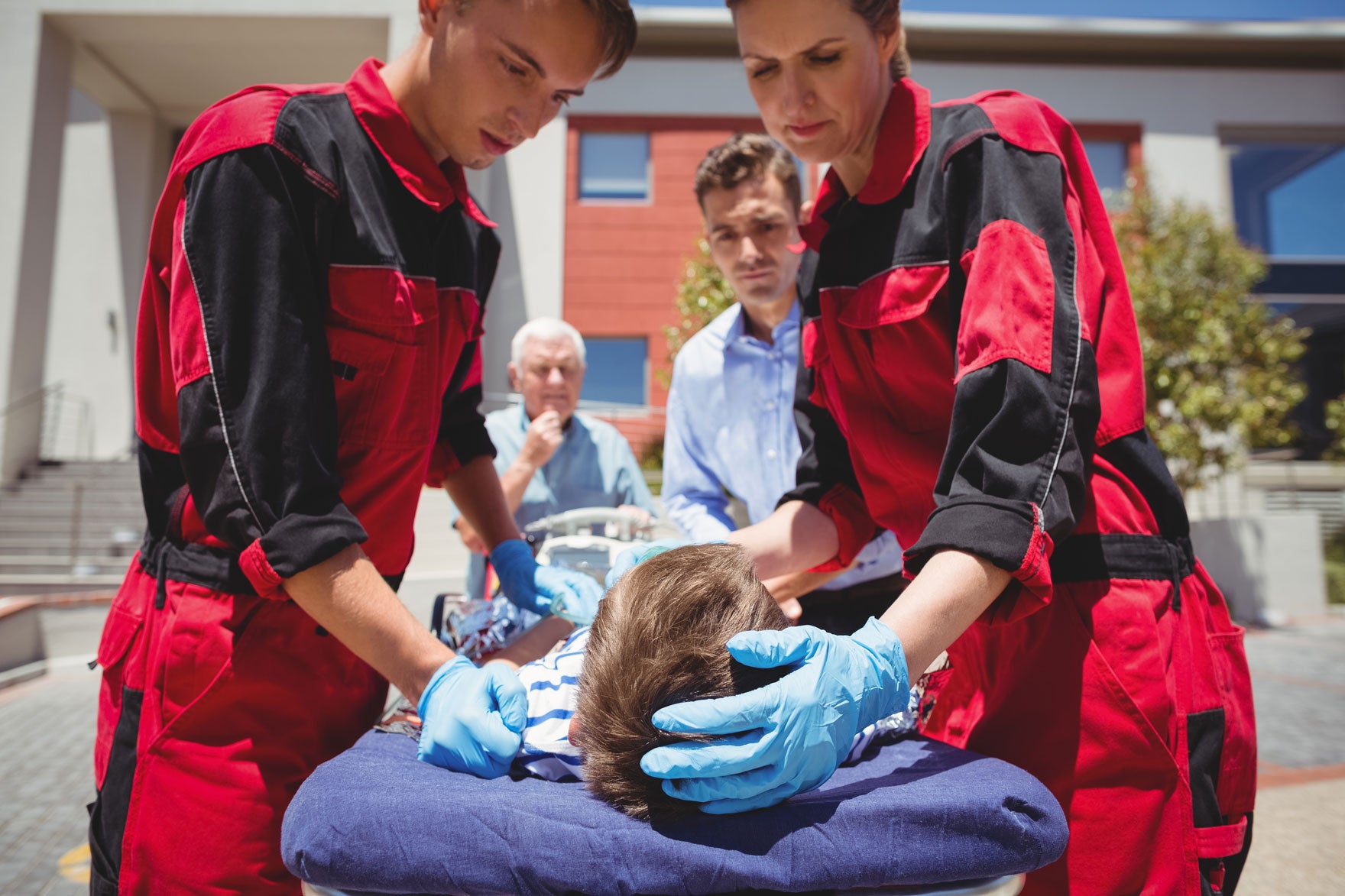513-247-2001
513-247-2001

In the wake of a mass casualty incident (MCI), every second counts. Whether it's a natural disaster, a terrorist attack, or a tragic accident, those initial moments are crucial for saving lives. In such chaotic scenarios, even individuals without formal medical training can make a significant difference.
As a zero responder—someone without professional medical training and the first person on the scene prior to first responders—knowing what to do and acting swiftly can be the difference between life and death. In this guide, we'll explore what to do in the event of an MCI, focusing on bleeding control, understanding the "Platinum Ten Minutes," and providing quick but vital steps for zero responders to follow.
In many MCIs, severe bleeding is one of the leading causes of preventable death. As a zero responder, your primary objective is to stop the bleeding and stabilize the injured until professional help arrives. Here's what you can do:
Assess the Situation: Quickly scan the area for any injured individuals. Prioritize those with severe bleeding and address them first.
Direct Pressure: Apply firm pressure directly to the wound using a clean cloth or your hands. If possible, elevate the injured limb above the level of the heart to reduce blood flow.
Tourniquet Application: If direct pressure fails to stop the bleeding, consider applying a tourniquet. Place it 2-3 inches above the wound, ensuring it's tight enough to stop blood flow. Remember to note the time of application for medical professionals.
Pack the Wound: For deep or large wounds, use clean cloth or gauze to pack the wound tightly. Apply pressure to maintain the packing in place until help arrives.
Stay Calm and Reassure: Your demeanor can greatly impact the injured. Stay calm, provide reassurance, and let them know help is on the way.
If you are a business who hosts large gatherings such as schools, offices, entertainment venues etc. installing wall-mounted bleeding control stations cannot be underestimated. Point-of-injury and quick access to bleeding control supplies is key to act as fast as possible to stop a severe bleed. Take a look here and purchase now on Amazon (USA only.)
In the chaos of an MCI, the first ten minutes are often referred to as the "Platinum Ten Minutes." During this critical window, rapid assessment and intervention can significantly improve outcomes. Read more on the platinum ten minutes here.
Baltimore Bridge Collapse: March 2024
A shock mass casualty incident occurred as a cargo ship collided with the 1.6-mile long Francis Scott Key Bridge around 1:30am local time, causing the bridge to collapse. During footage taken around the incident, vehicles can be seen falling from the bridge.
“An exact number has not been given, but Baltimore fire department's communications chief Kevin Cartwright said multiple vehicles were on the bridge when it was struck by the ship, one of which was the size of an HGV.”
At this time at least 20 people and several vehicles have fallen into the river; Governor Wes Moore has released a statement: "We are thankful for the brave men and women who are carrying out efforts to rescue those involved and pray for everyone’s safety. We will remain in close contact with federal, state, and local entities that are carrying out rescue efforts as we continue to assess and respond to this tragedy." - Fox Baltimore
Read more on this updating story
As a zero responder, you may feel overwhelmed, but remember, your actions can save lives. Follow ABC:
A – Alert – Call 911 USA or 999 UK. Call for help and be as clear as possible about your location.
B – Bleeding – Identify the injury. Look for the sight of life threatening bleeding and remove clothing to see the wound. Determine whether it’s life threatening. This can be spurting, pooling, heavy flowing or clothing that is heavily soaked, as well as if the victim is confused or unconscious.
C – Compression – Apply pressure to stop further blood loss. Simple, direct pressure is usually effective but wound packing and tourniquets can also be used.

Scene Safety: Before rushing in to help, assess the safety of the environment. Ensure there are no ongoing threats such as fire, structural collapse, or hazardous materials.
Call for Help: Dial emergency services and provide them with accurate information about the situation, including the number of injured individuals and their condition.
Assessment and Triage: Quickly assess each patient's condition and prioritize treatment based on the severity of injuries. Start with those who require immediate attention, such as individuals with severe bleeding, difficulty breathing, or unconsciousness.
Basic Life Support: Provide basic life support interventions such as CPR if necessary. Remember to focus on quality compressions and adequate ventilation.
Reassure and Comfort: In addition to medical assistance, emotional support is crucial. Reassure the injured, comfort them, and provide basic comfort measures such as covering them with blankets if possible.
In the chaos of an MCI, every individual's contribution matters. By understanding basic first aid principles, staying calm under pressure, and taking swift action, zero responders can play a crucial role in saving lives. Remember, while you may not have formal medical training, your willingness to help can make all the difference in the world.
Understanding the 4 D’s of bleeding control
Watch educational first aid tips
If you would like to learn more about becoming medically prepared or install bleeding control stations in your workplace, please get in touch and follow us on our social media to stay up to date.